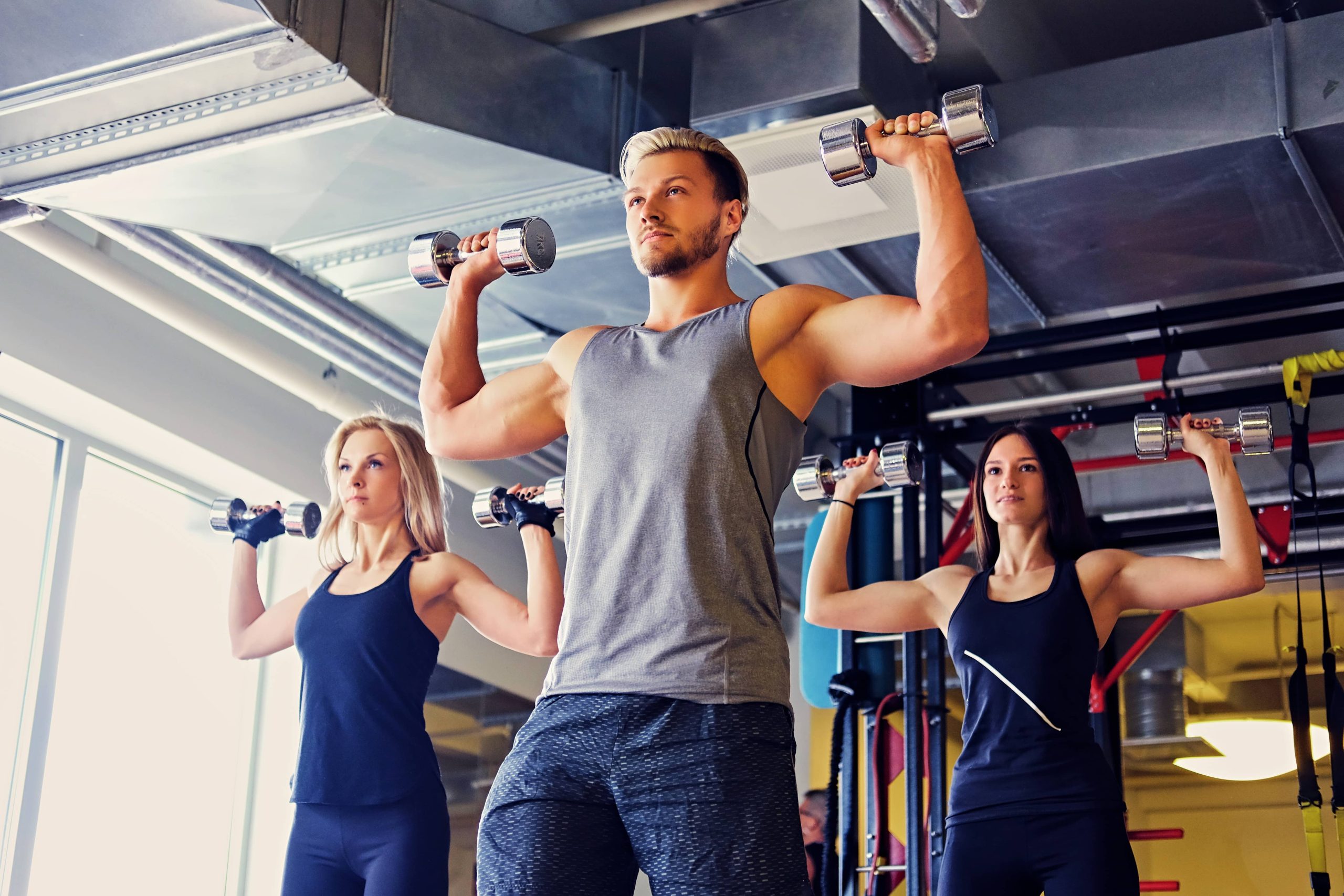
When it comes to strength training and weightlifting, the squat is often hailed as the king of all exercises. It is a fundamental movement that not only builds strength and muscle mass but also enhances athletic performance and functional fitness. However, mastering the squat technique is crucial to reap its full benefits and avoid injury. In this blog post, we will delve into the intricacies of squat technique, exploring its variations, common mistakes, and tips for perfecting your form.
Understanding the Squat
The squat is a compound exercise that primarily targets the quadriceps, hamstrings, glutes, and lower back. It also engages the core, calves, and even the upper body to some extent. The beauty of the squat lies in its ability to work multiple muscle groups simultaneously, making it an efficient and effective exercise for building strength and power.
Variations of the Squat
There are several variations of the squat, each with its unique benefits and challenges. Some of the most popular variations include:
1. Back Squat: The barbell is placed on the upper back, engaging the posterior chain more heavily. This is the most common squat variation used in powerlifting and bodybuilding.
2. Front Squat: The barbell is placed on the front of the shoulders, requiring more core stability and placing greater emphasis on the quadriceps.
3. Overhead Squat: The barbell is held overhead, demanding excellent shoulder mobility and core strength. This variation is often used in Olympic weightlifting.
4. Goblet Squat: A dumbbell or kettlebell is held at chest level, making it a great option for beginners to learn proper squat mechanics.
5. Box Squat: Performed by squatting down to a box or bench, this variation helps improve squat depth and control.
The Anatomy of a Perfect Squat
To master the squat, it is essential to understand the key components of proper technique. Here is a step-by-step guide to performing a perfect squat:
1. Stance: Stand with your feet shoulder-width apart or slightly wider, with your toes pointing slightly outward. This position provides a stable base and allows for optimal hip and knee alignment.
2. Grip and Bar Position: For back squats, position the barbell on your upper traps or rear deltoids, depending on your preference and comfort. Grip the bar with your hands slightly wider than shoulder-width apart, keeping your elbows pointed down and back.
3. Bracing: Before initiating the squat, take a deep breath and brace your core as if you are about to be punched in the stomach. This creates intra-abdominal pressure, stabilizing your spine and protecting your lower back.
4. Descent: Begin the squat by pushing your hips back and bending your knees simultaneously. Keep your chest up and your back straight, maintaining a neutral spine throughout the movement. Your knees should track over your toes, and your weight should be evenly distributed across your feet.
5. Depth: Aim to squat down until your thighs are at least parallel to the ground. Going deeper can be beneficial for muscle activation, but only if you can maintain proper form.
6. Ascent: Drive through your heels to stand back up, extending your hips and knees simultaneously. Keep your core engaged and your chest up as you return to the starting position.
Common Mistakes and How to Avoid Them
Even experienced lifters can fall into bad habits when it comes to squatting. Here are some common mistakes and tips to avoid them:
1. Knee Valgus: Allowing the knees to cave inward during the squat can lead to injury. Focus on pushing your knees out and keeping them aligned with your toes.
2. Butt Wink: This occurs when the lower back rounds at the bottom of the squat. To prevent this, work on improving hip and ankle mobility and avoid squatting deeper than your current flexibility allows.
3. Leaning Forward: Excessive forward lean can strain the lower back. Keep your chest up and engage your core to maintain an upright torso.
4. Heels Lifting: If your heels come off the ground, it indicates a lack of ankle mobility or improper weight distribution. Focus on keeping your weight on your heels and work on ankle flexibility.
5. Inadequate Depth: Not squatting deep enough limits muscle activation and strength gains. Work on mobility and flexibility to achieve a full range of motion.
Tips for Perfecting Your Squat
1. Warm-Up: Always start with a thorough warm-up to prepare your muscles and joints for the demands of squatting. Dynamic stretches and mobility exercises can help improve your range of motion.
2. Progress Gradually: Start with lighter weights to perfect your form before adding more weight. Gradual progression reduces the risk of injury and ensures consistent strength gains.
3. Use a Mirror or Video: Watching yourself squat in a mirror or recording your lifts can help identify form issues and track your progress.
4. Seek Professional Guidance: If you’re struggling with your squat technique, consider working with a coach or personal trainer who can provide personalized feedback and guidance.
5. Incorporate Accessory Exercises: Strengthening the muscles involved in squatting, such as the glutes, hamstrings, and core, can improve your squat performance. Exercises like lunges, deadlifts, and planks are excellent additions to your routine.
Conclusion
Mastering the art of squat technique is a journey that requires patience, practice, and attention to detail. By understanding the mechanics of the squat, avoiding common mistakes, and implementing the tips provided, you can enhance your strength, power, and overall fitness. Remember, the squat is not just an exercise; it’s a skill that, when perfected, can unlock your full potential in the world of strength training and weightlifting. So, lace up your lifting shoes, hit the gym, and start squatting your way to success!
